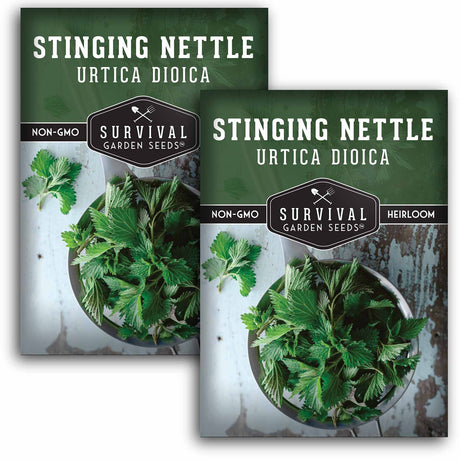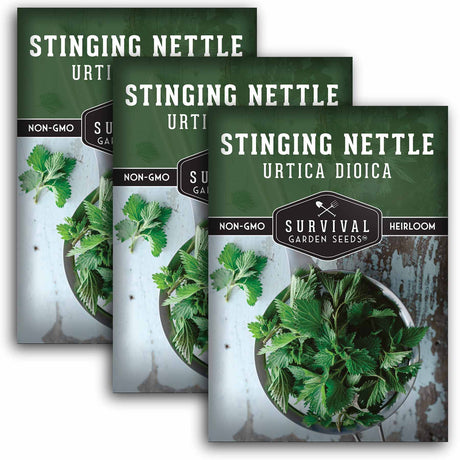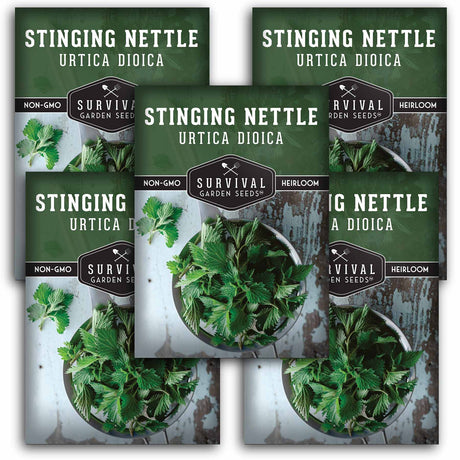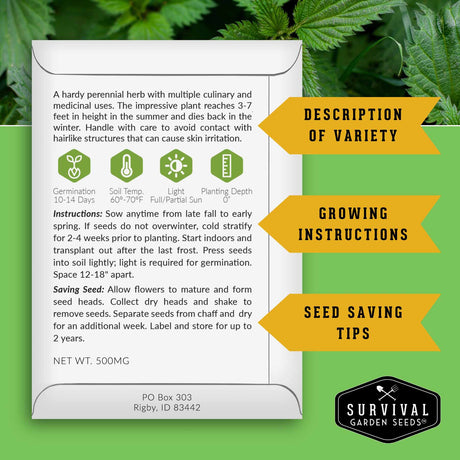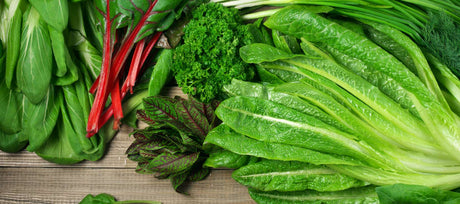
Fall Greens to Plant: From Mild to Wild
Discover the best fall greens to plant! From mild cabbage to spicy arugula - complete growing tips, harvest times, and flavor profiles for success.
Free Shipping on US Seed Orders of $20+ SHOP NOW
Stinging Nettle seeds grow into hardy perennial plants that are highly nutritious and beneficial, but are most well known for delivering a sharp sting when touched. Stinging Nettle prefers rich, moist soil that drains well. It grows to full potential with partial to direct sunlight. Particularly noted for medicinal benefits, stinging nettle is also highly useful in organic gardening. The leaves have plenty of nutrients and are commonly used in teas and remedies.
Learn more about Stinging Nettle in our Survival Garden Training Blog
- The Benefits of Growing Stinging Nettle
Survival Garden Seeds offers Stinging Nettle seeds for sale to gardeners interested in the health benefits of this potent herb. Our non-GMO seeds are selected for their germination rates, vitality and high yield. They’ll be an excellent addition to your herbal garden.
Stinging Nettle, or Urtica dioica, is a versatile herb that is also valuable in wildlife habitats for caterpillars. It can serve as a natural pest repellent or green manure in organic gardening. Stinging nettle plants can reach up to 4 feet tall. They have fine hairs on their leaves and stems, which cause a stinging sensation upon contact. This herb is thought to come from the colder regions of Europe and Asia, but grows worldwide today.
Sow stinging Nettle seeds for planting in early spring directly in a prepared spot in the garden. They can be started indoors in flats before the last frost, too. These seeds require light to germinate. Sow them on the surface of the soil, pressing lightly without covering. Keep the soil consistently moist until germination in around 14 days. Transplant seedlings to their final location when they are large enough to handle. Space them about 8 inches apart.
Stinging Nettle needs minimal upkeep when established. Provide a shady to partly sunny spot with rich, damp soil. Watering during dry periods will help maintain growth. Harvest leaves before the plant flowers, always wearing gloves for protection. Typically, late spring to early summer is the best time.
Growing Stinging Nettle in your garden has many advantages, as this herb is used in various ways. This beneficial herb may support joint health and urinary function and can be consumed as tea or in tinctures and other remedies.

Discover the best fall greens to plant! From mild cabbage to spicy arugula - complete growing tips, harvest times, and flavor profiles for success.
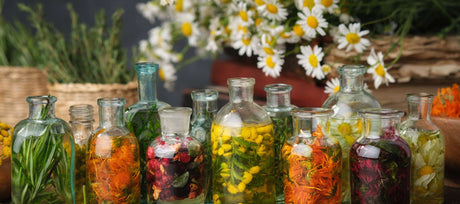
Growing your own healing flowers is a great way to take control of your health. Your garden turns into a natural pharmacy, and every flower is brings beauty to the...
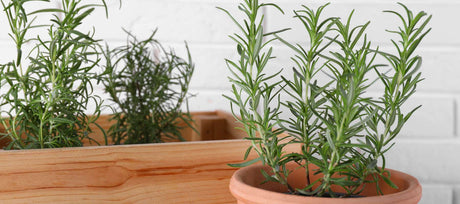
Growing rosemary indoors provides year–round access to fresh sprigs. With the right strategy you can enjoy aromatic rosemary that stays healthy for many years.
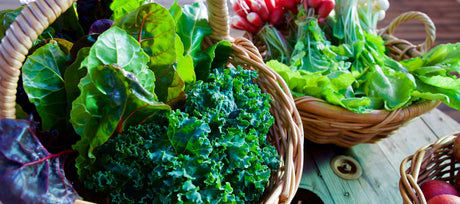
Quick-growing leafy greens let home gardeners enjoy fast harvests, plenty of vitamins, and a way to keep their gardens producing all year. You can grow the right types from seed...
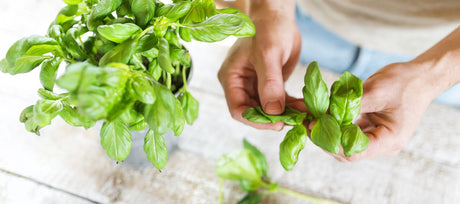
Most kitchens, whether in a busy restaurant or a home, will have fresh basil. Basil is popular everywhere. It's more than just a decoration; it adds flavor, is healthy, and...

Discover vibrant yellow, orange, white, and two-tone watermelons! Learn how to grow unique varieties, enhance their color, and explore new flavors and uses.
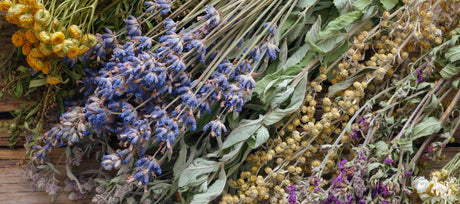
Learn to grow essential healing herbs at home. This guide covers planning, planting, and harvesting medicinal plants for natural remedies and a sustainable garden.
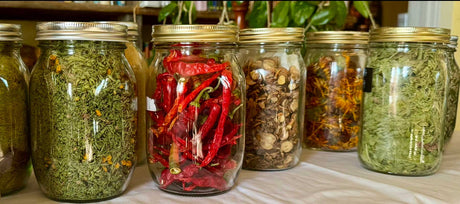
Using the herbs in her regenerative garden, Bekah Celeste makes salves, tinctures, glycerides, and all kinds of candies like chocolates and gummy bears.

